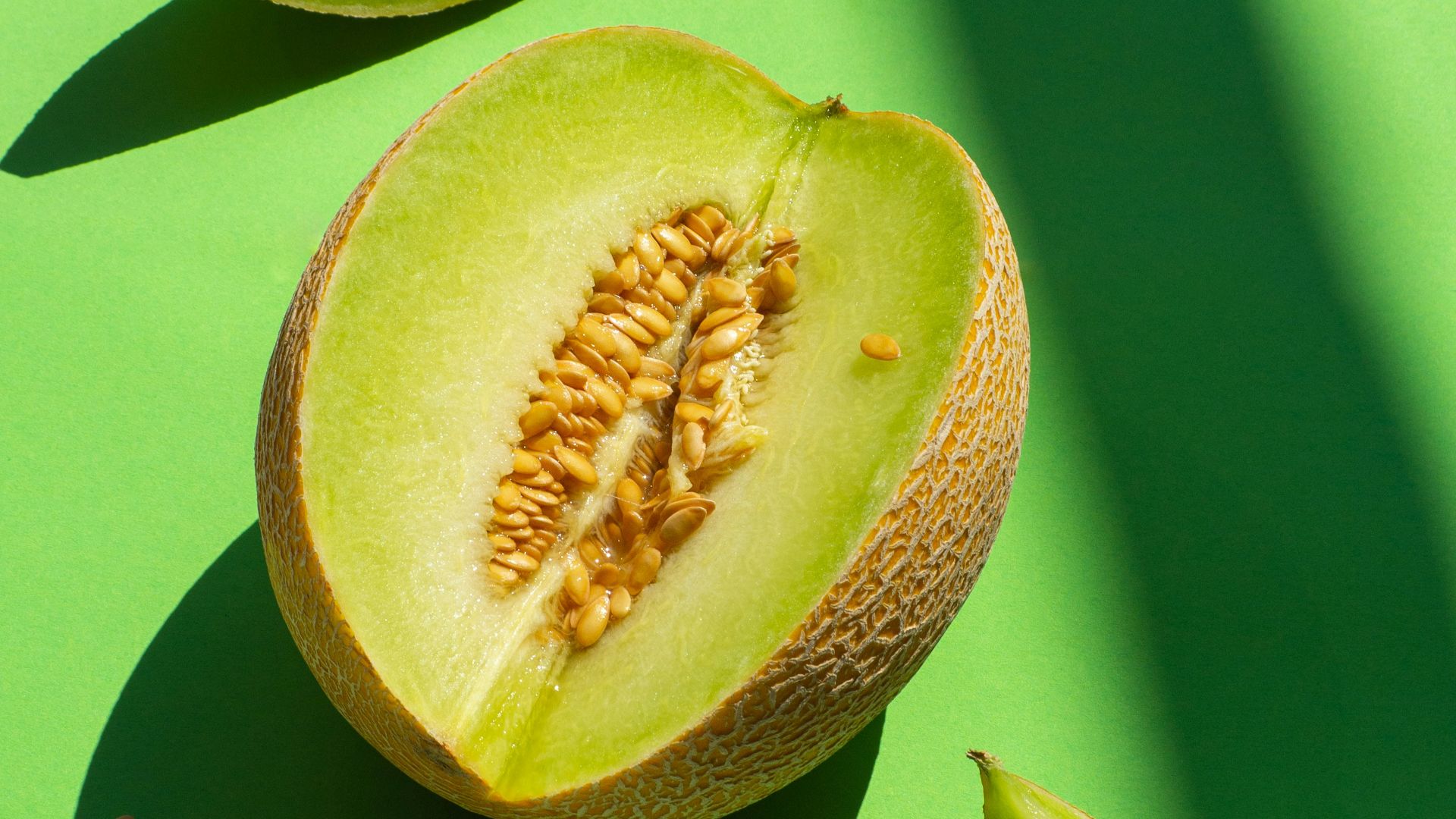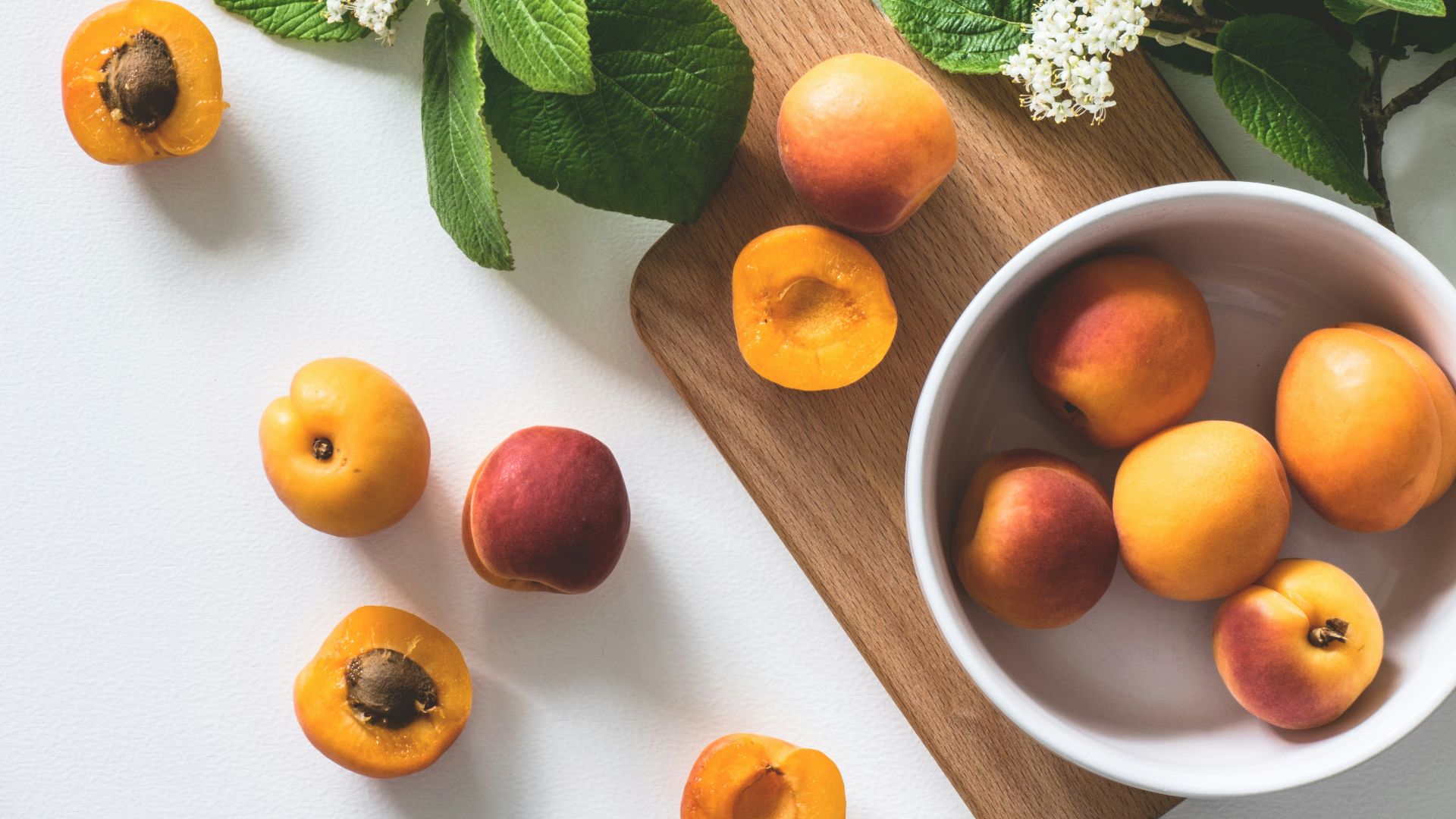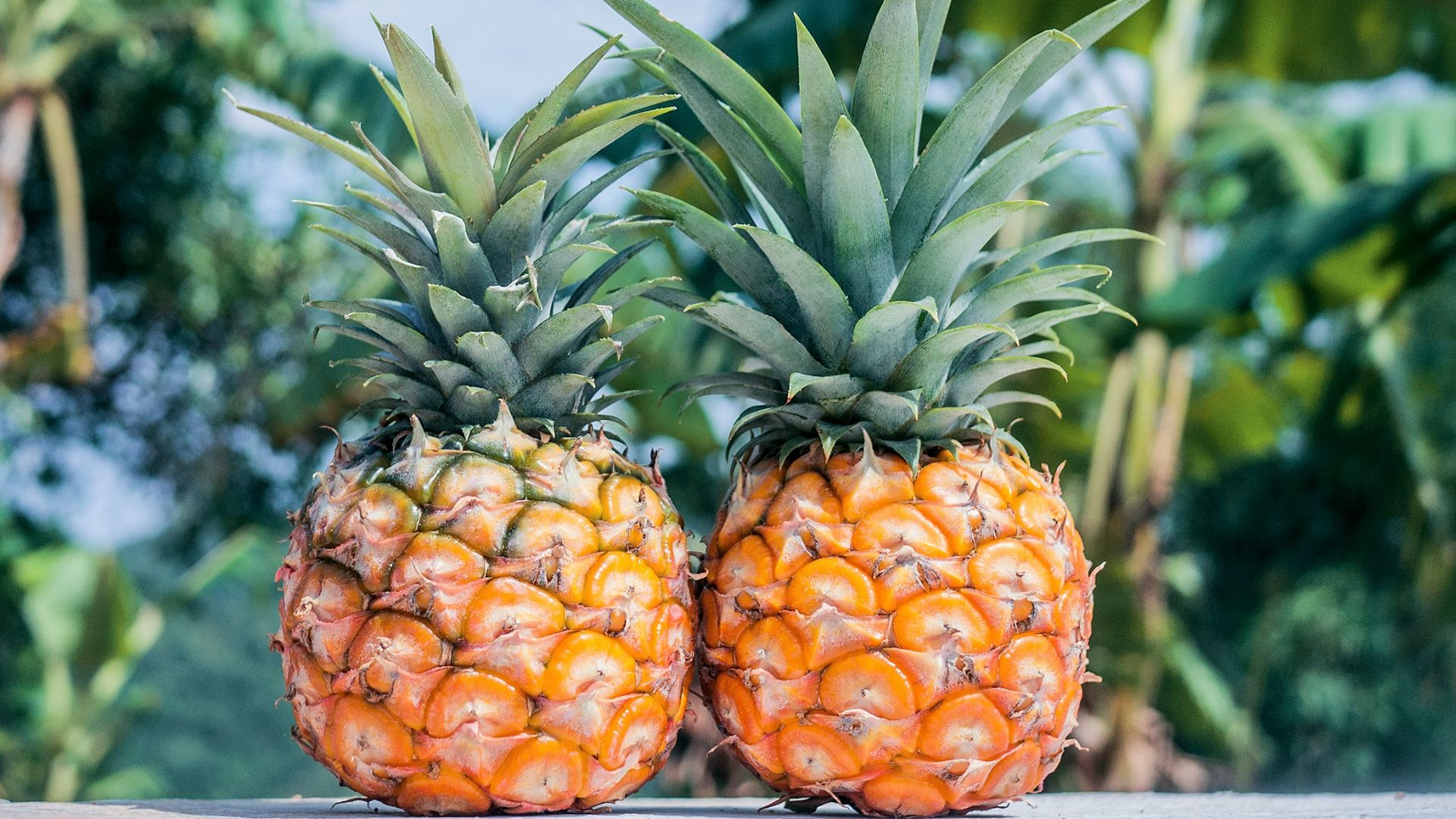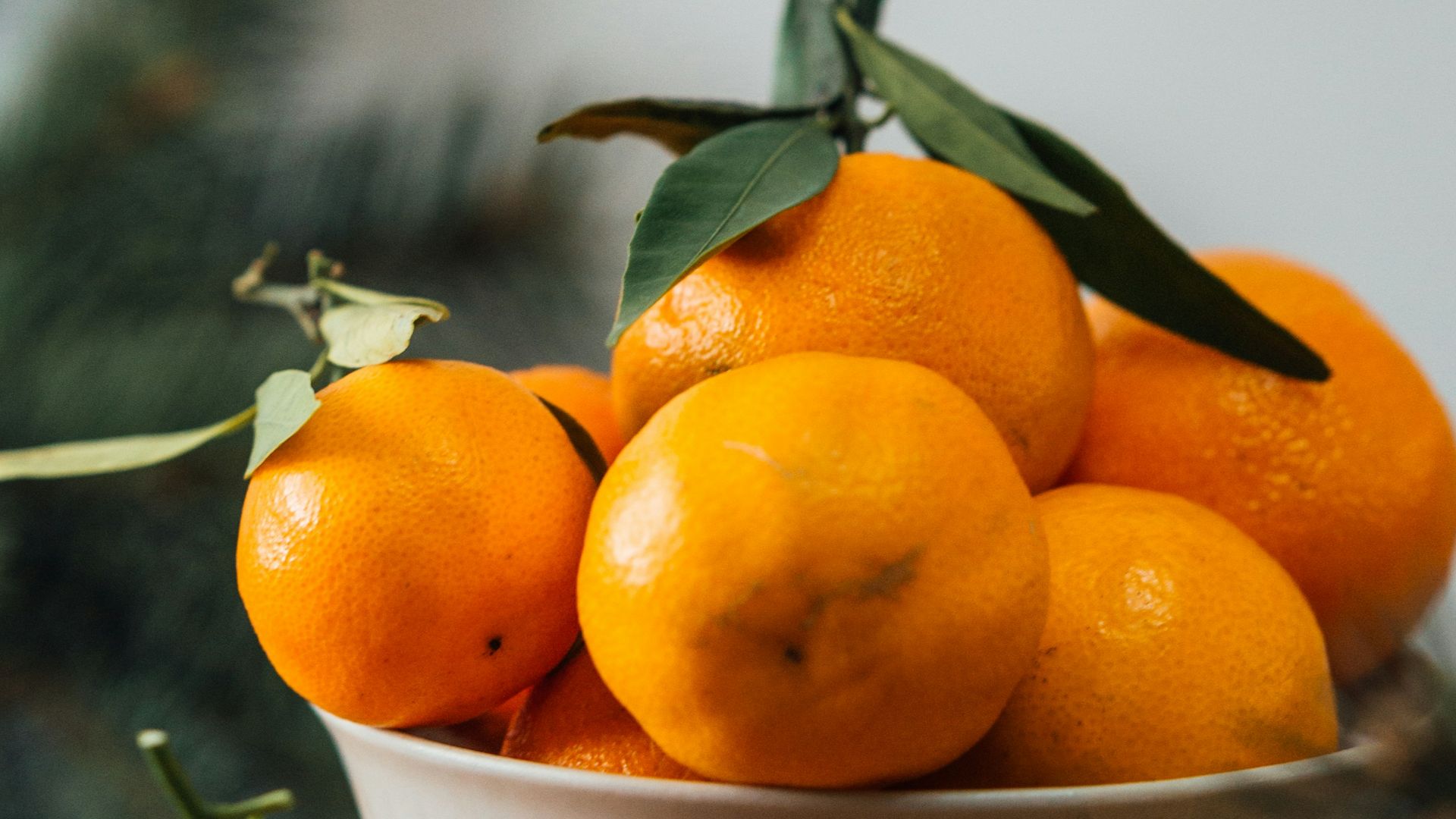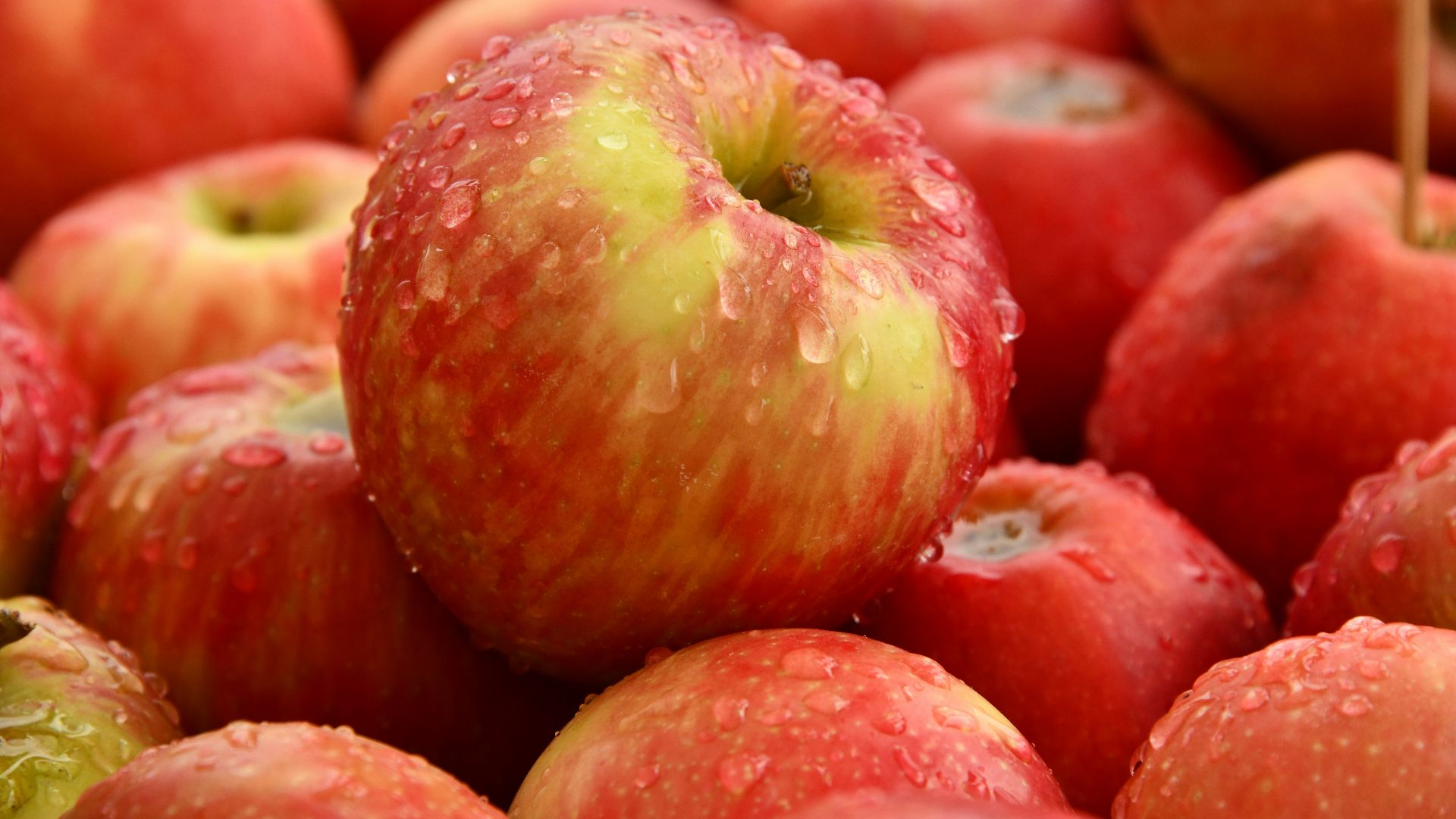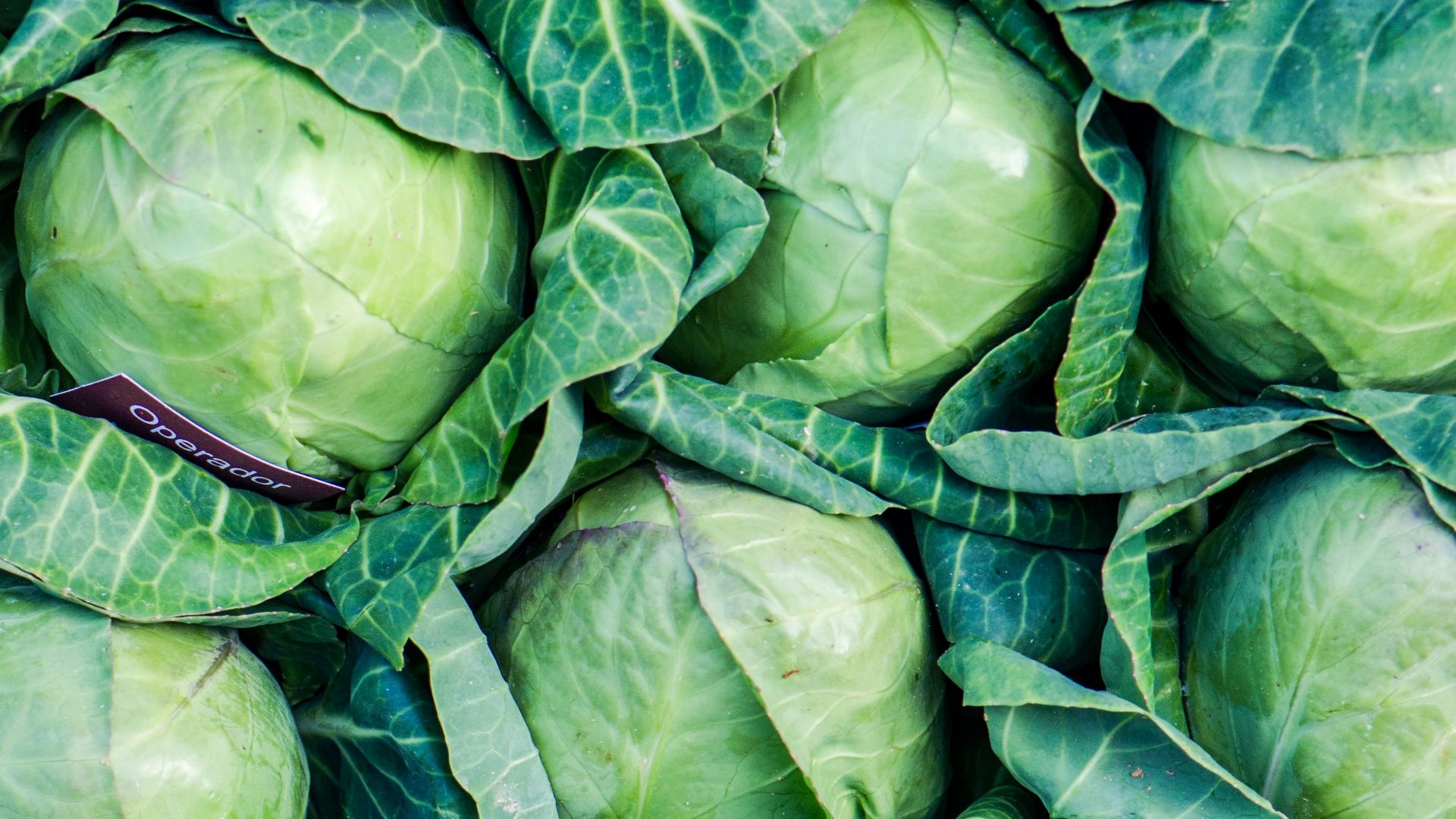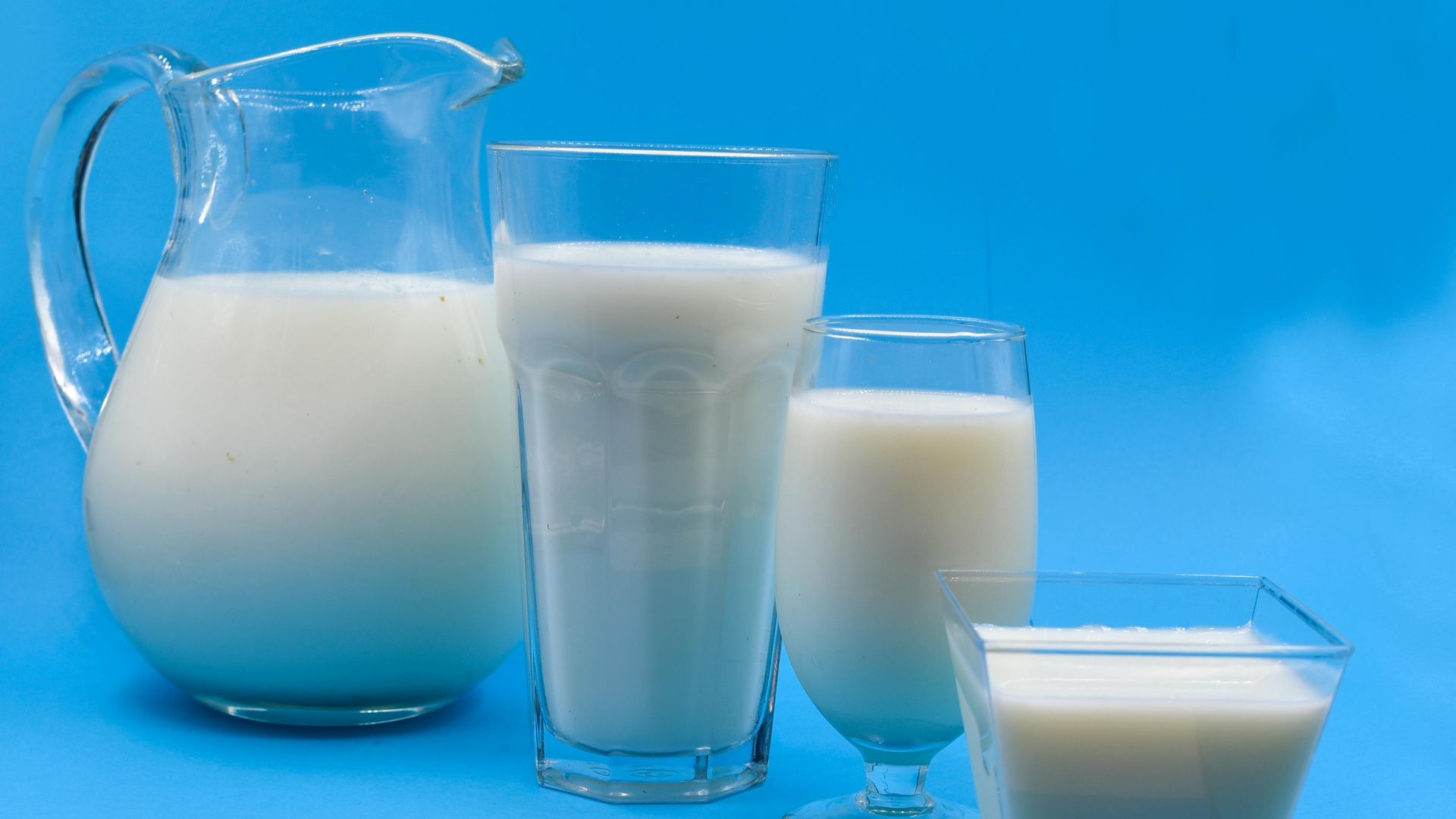12. Cantaloupe (90%)
Beta-carotene glows inside the orange flesh of cantaloupes like a built-in sunscreen. This melon supports eye health and tissue recovery. During peak season, its scent intensifies as moisture condenses inside the rind—your nose actually detects how juicy it is before your taste buds do.
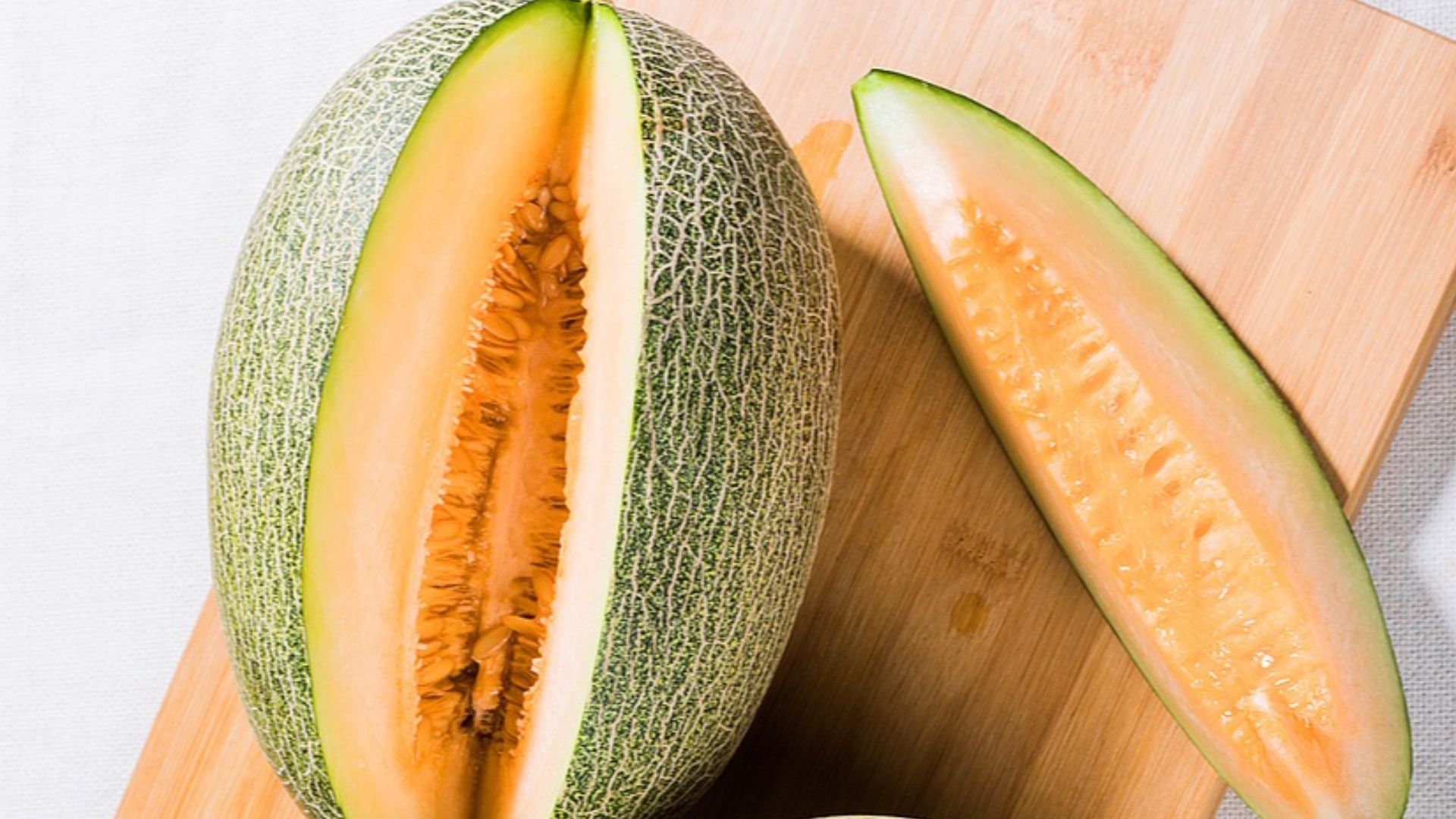 we-o_rd35u4njkftjjtbg7 on Pixabay
we-o_rd35u4njkftjjtbg7 on Pixabay
13. Honeydew Melon (90%)
This pale green melon doesn’t shout for attention, but its water content makes it a hydration powerhouse. It’s loaded with potassium, essential for regulating heartbeat and muscle contractions. One overlooked trick? Freeze the juice into popsicles for hot-weather hydration that you don’t need to chew.
14. Peaches (89%)
Praised in ancient Persia, peaches once symbolized longevity, and for good reason. They help restore hydration and ease digestion due to their gentle fiber content. Don’t toss the skin: it’s packed with antioxidants that reduce cell stress during prolonged sun exposure or physical exertion.
15. Pineapple (86%)
Hydration with an edge—pineapple also delivers a shot of manganese, which is helpful for collagen formation. Its sharp bite comes from bromelain, which speeds up protein digestion. For centuries, it’s been used in tropical medicine to ease heat exhaustion symptoms and fight post-fever fatigue.
16. Oranges (87%)
Long before vitamin supplements, sailors used oranges to prevent dehydration-related illnesses like scurvy. These citrus classics offer flavonoids that reduce inflammation and keep blood vessels supple. Want more value? The white pith beneath the peel contains prebiotics that fuel your gut’s hydration response.
17. Apples (85%)
Every crunchy bite hides a quiet truth: apples hold 85% water content, with most of it locked beneath the skin. Their soluble fiber, pectin, slows fluid release and hydrates gradually rather than in a rush. That’s why hikers often carry apples for hydration, which doesn’t vanish after ten minutes.
18. Broccoli (89%)
Steam rises off a plate of broccoli, but its core still carries a lot of water. More than a hydration source, broccoli offers sulforaphane, a plant compound that supports cellular detox. It’s one of the few vegetables that provides both vitamin C and calcium, which is helpful for fluid regulation.
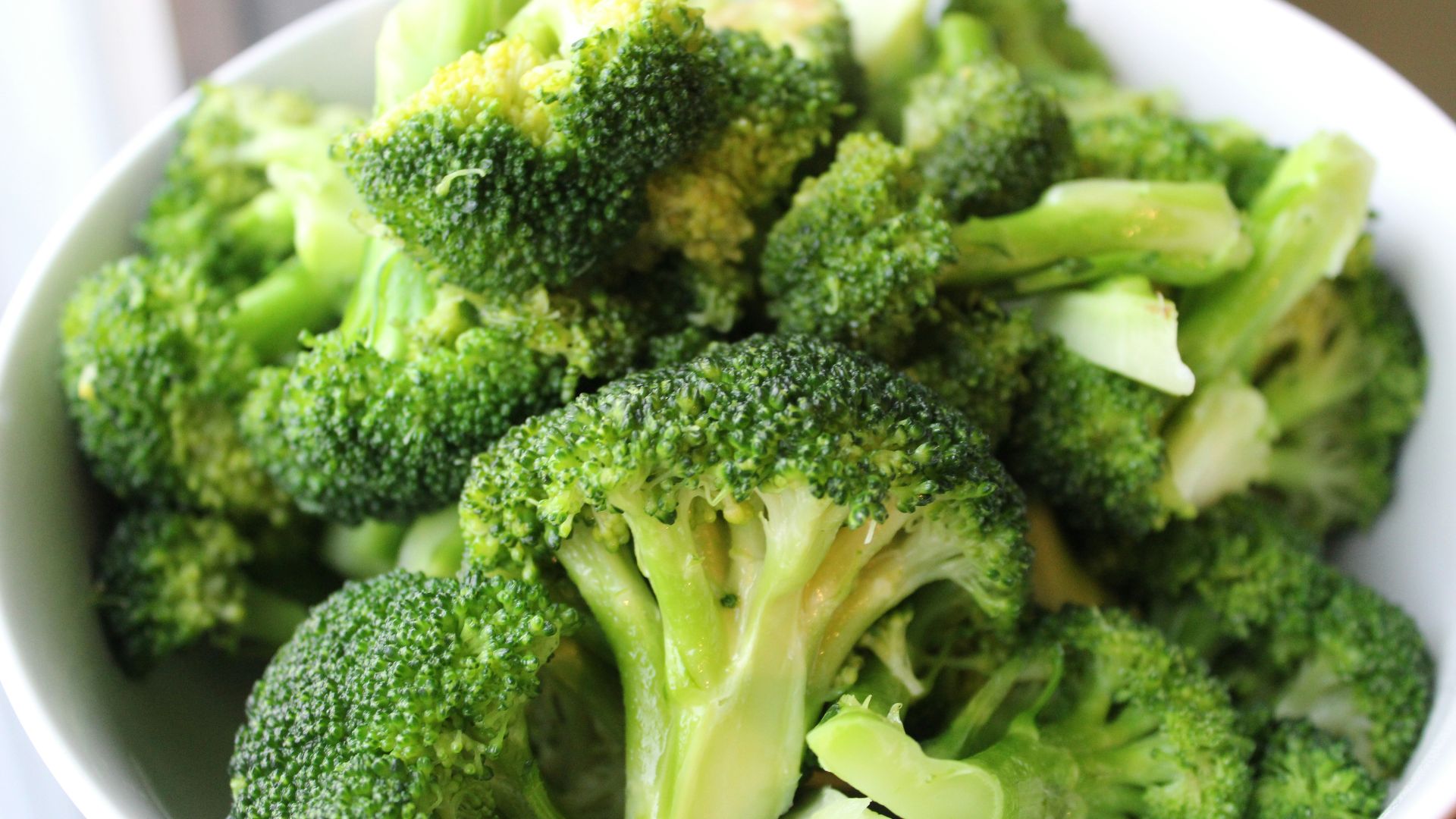 Tyrrell Fitness And Nutrition on Unsplash
Tyrrell Fitness And Nutrition on Unsplash
19. Cabbage (92%)
Along with water, this cruciferous workhorse is naturally high in glutamine, which may contribute to gut lining integrity. During WWII, cabbage leaves were even wrapped around injuries to keep wounds moist. Inside or out, it’s hydration with history and biochemical precision.
20. Skim Milk (91%)
In clinical settings, skim milk is often used post-exercise as a rehydration fluid, beating some sports drinks in effectiveness and recovery time. It comes with a nutritional payload, too. Skim milk delivers electrolytes like sodium and potassium, plus protein to support muscle repair.
KEEP ON READING



